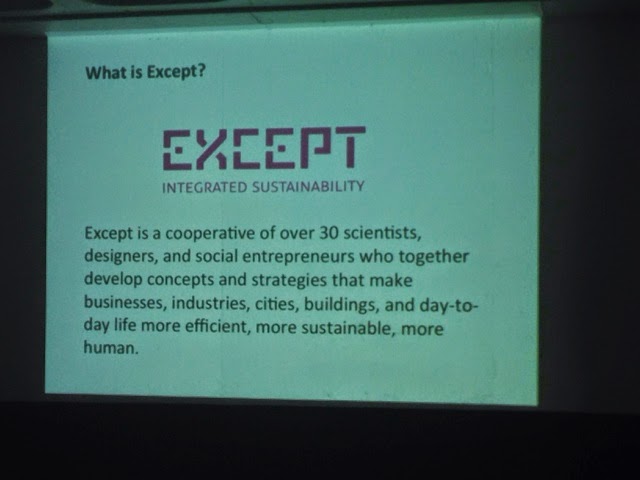Today I attended a University if Brighton Design Futures lecture and group discussion.
The lecture was about;
Socially Useful Design
A systemic Approach
The kettle effect was used to describe the system chain of a working object - in this instance a kettle to make a cup of tea.
It was suggested that we should be reacting to the problems of the world, and how we should provide new methods to make the world fresh.
Do we redesign the validity of our existing? Is this like reinventing a wheel or should we possibly repurpose existing objects?
We are constantly funding new ways to make things better. Objects such as the
Lifestraw - drinking straw - save lives. Maybe it would be better to rid the world of pollution, then the object life straw would not be required. This band sis approach does help address problems, but does not prevent them, or provide long term solutions.
How about resource and skills exchange as a system process to solve and prevent problems?
Supermarkets provide three days of supplies before they almost run out of shelf stock. We rely heavily on fragile systems. This must change.
Check out global internet map
How about conductive learning theory - applying the way we use the internet by grabbing tools and ditching other which are no longer required for our practical everyday life. Can this approach help increase innovation of new future Eco systems within our society?
Systemics conceptualising relationships between what we want and how go about achieving what we want.
We are producing more info than we can actually Annalise, process, respond to and turn into useful data to be applied to new future systems, products, lifestyles, communication, processes
Check out
Tom Bisschaert
Except integrated Sustainability
Sustainability - how an entity can sustain itself
Check out
Detroit urban farms
Shanghai urban vertical gardens/farms
Agricultural needs
See photo of symbiosis in design
Dynamics of social problems in motion
Check out SiD Stack online graphic pyramid of how things work
Today's program of activity
1. Drinks
2. Identify Issues
3. Stakeholder Diagrams - who is involved - 3 days to identify the problem(s) we are tackling
I was placed into the Health and Wellbeing working group
I feel you can make this complicated or keep the approach simple and inclusive to all ages.
It's fairly straightforward.
It's all about social inclusion and self directed learning.
Feeling valued.
Working towards an inclusive holistic master plan for for planet earth and the universe.
Do's
1. What are your natural skill and abilities?
2. What are your interests and hobbies?
3. Who are your friends that you relate to?
4. Try working with your friends and people who you share interests and hobbies with - start collaborating
4. Do this in a local social maker space.
5. Combine arts, science, technology, humanities, nature
6. Start a project(s)
7. Join an organisation or start one if you need to
8. Collaborate with likeminded organisations
9. Turn projects into bigger things
10. Work with communities
11. Aim big, see what happens
Arts objects such a climbing mug with climbing grip- not buying this one
Mapping - systems resource for citizens to find out how to navigate and solved problems- are these reactive, can you key into and add to the map
Voluntary communication of need
Not involuntary
The group discussion about Heslth and Wellbeing was very interesting.
Thought it should be more like Mental Health and Well being.
Further still how about Health and Safety or more like Mental Health and Safety, especially as stress is the number 1 killer in the world.
Outcomes for Tiy Hacking R&D.
Toy hacking Mental Health and Safety Forms will be developed asap.
Mental Health risk assessment forms should be used to celebrate the pros rather than cons. It's time to celebrate and record the good data of activities!
IdentiToy
Robotic CommuniToy
CommuniToy animations
CommuniToy Kits
CommuniToy Performances
Robotic CommuniToy
CommuniToy animations
CommuniToy Kits
CommuniToy Performances


No comments:
Post a Comment